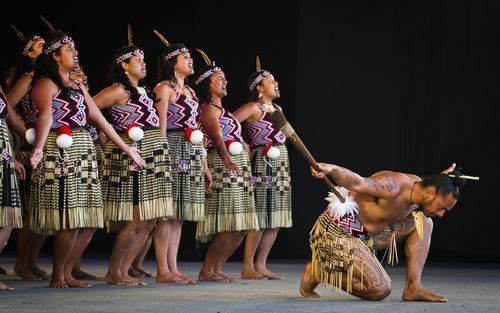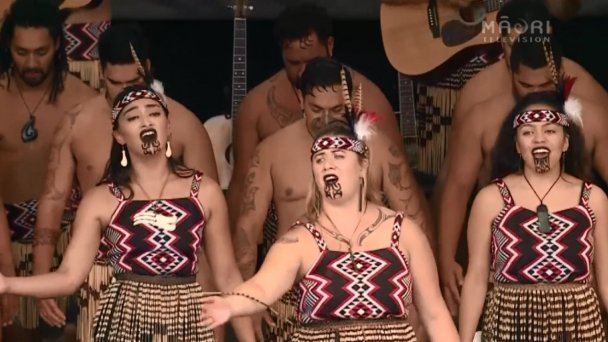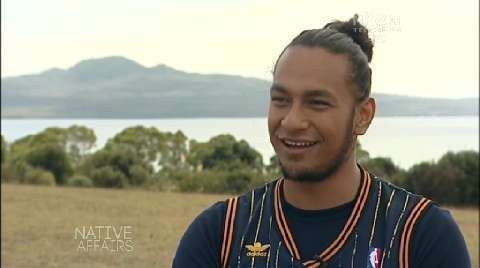Population 11,808 | Waka (canoe) Mataatua | |
 | ||
Whakaeke entrance 2011 te kapa haka o te whanau a apanui
Te Whānau-ā-Apanui is a Māori iwi located in the eastern Bay of Plenty and East Coast regions of New Zealand's North Island. In 2006, the iwi registered 11,808 members, representing 13 hapu.
Contents
- Whakaeke entrance 2011 te kapa haka o te whanau a apanui
- Te matatini 2015 episode 05 part 2
- Early history
- European contact
- Modern history
- Te Whnau Apanui today
- References

Te matatini 2015 episode 05 part 2
Early history

Apanui Ringamutu is the founding ancestor of the iwi. He was descended from Tama-te-kapua of the Arawa canoe, and the Ngāriki people of the Tauira canoe.

During the 17th century, Apanui acquired vast amounts of land along the East Coast of the North Island. Through familial connection, he acquired land from Ngāti Porou and Ngāriki. He was given land extending from Pōtikirua to Puketapu, and from Taumata-ō-Apanui to the Mōtū River; the land in between was later won through conquest.
European contact

Relations with Europeans were not generally hostile. Early European settlers showed little interest in the isolated region, which lacked deep-water harbours for shipping. However, visiting Europeans taught Te Whānau-ā-Apanui the skills of whaling and commercial agriculture. Both areas become major economic industries for the iwi in the early 20th century, and profits were directed into community development projects.
Modern history

During the 1980s, the iwi experienced economic decline with the loss of major transport services, privatization of state assets and the eventual economic unfeasibility of its small-scale farming operations. This resulted in some emigration of iwi members from traditional tribal homelands.
Those belonging to Te Whānau-ā-Apanui include: educationalist Hoani Waititi, Pine Taiapa, one of the foremost practitioners of traditional Māori carving; acclaimed artist Cliff Whiting; and his son, artist and restoration expert Dean; actor and director Taika Waititi; and educator and actor Wiremu Karuwha Tawhai.
Te Whānau-ā-Apanui today
Presently, the iwi is represented by Te Rūnanga o te Whānau, which is involved in social services and local economic development. The Rūnanga successfully manages a fisheries operation and invests in the development of local forestry and other industries. In particular, the Cyberwaka rural community project provides information technology training.
Pan-tribal iwi station Sea 92FM broadcasts to members of Te Whānau-ā-Apanui, Te Whakatōhea and Ngāti Tai in the Opotiki area. It is operated by pan-tribal service provider Whakaatu Whanaunga Trust, and is available on 92.0 FM. It operates the low-power Opotiki 88.1 FM, geared towards a young demographic.
